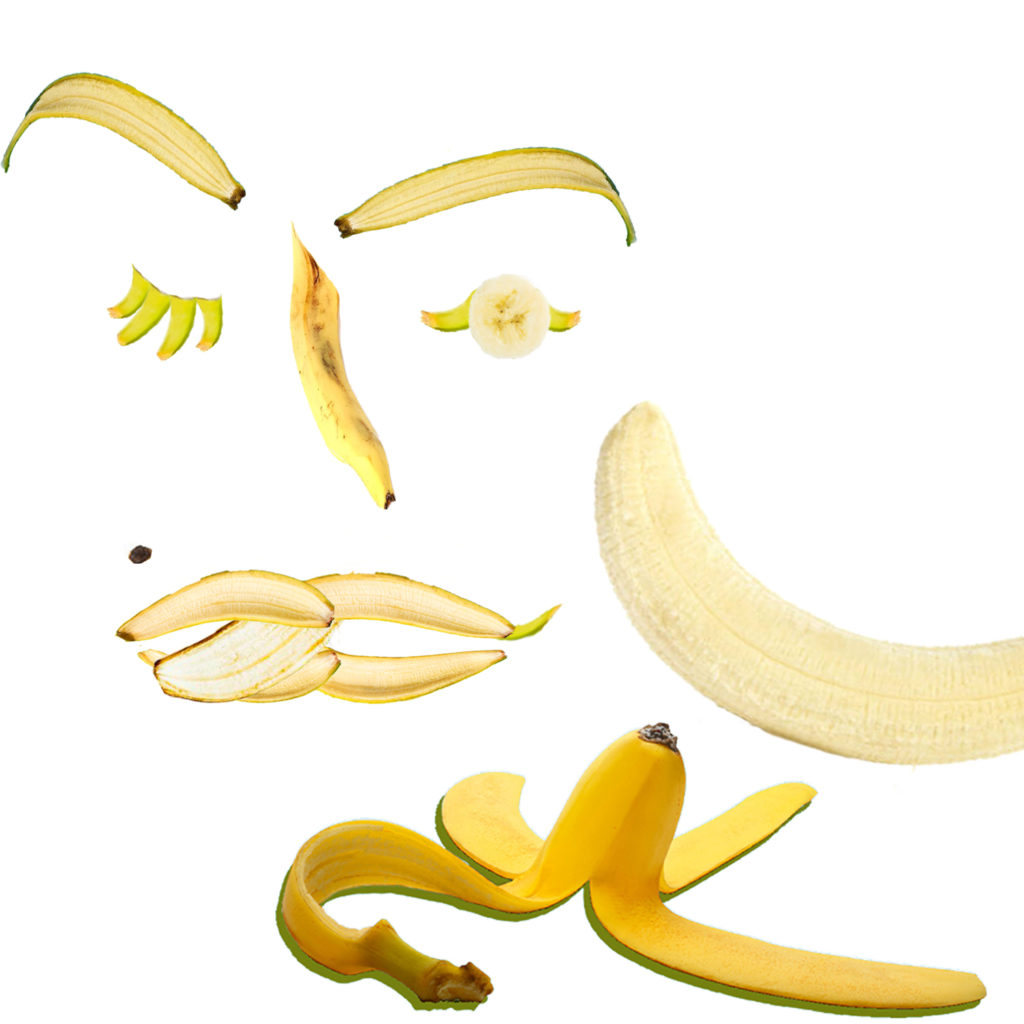The History and Popular Music of the ’60s class learned about the Velvet Underground’s 1967 debut album. Here are their reactions.
Pritam Khalsa:
When Andy Warhol decided to work with the Velvet Underground on their debut album, he wanted a more conventionally attractive face for the band so he hired German singer, Nico. This caused problems with VU frontman Lou Reed because he felt like it was his band and Nico was in the way. After this album Nico started her solo career and Reed was back in the spotlight.
Despite being listed as number 13 on Rolling Stone’s top 500 albums of all time, The Velvet Underground & Nico did poorly when it was released. It only sold 30,000 copies between 1967 and 1972 which is incredibly low. It’s highest position on the charts was 43rd on UK charts but it did not get there until Reed’s death in 2013. It’s peak on US charts was only 129th. Even as the brand is marketed as being, I didn’t think The Velvet Underground & Nico was as far away from some of the other music of that time as I was expecting. Songs like “I’m Waiting for the Man” remind me of the early Beatles and the British invasion. In “Heroin,” Reed’s voice reminds me of Bob Dylan. I think that even though some of the songs remind me of other artists, The Velvet Underground & Nico is still a great album and incredibly unique.
“Sunday Morning” has bells that make it feel like a calmer and almost cute sounding song. Nico’s voice in “Femme Fatale” sounds very interesting and is a good change from the rest of the music on the album. “There She Goes Again” also reminds me of Dylan but it has these good backing vocals that make the song sound even more interesting. “I’ll Be Your Mirror” has a really good and cute sounding tambourine and guitar tab. Although the song isn’t one of my favorites, “The Black Angel’s Death Song” has a cool violin part. To me, that song feels almost like anxiety but as music. Despite having some similarities to other artists, I think that between the lyrical content and the music The Velvet Underground & Nico is still a great album and very different than the majority of music in the 1960’s.
Conor McGeady:
The Velvet Underground & Nico is a classic rock album, but not in the same ways as a lot of other classic rock music from the ‘60s. When you think of ‘60s rock, maybe you think of the Beatles, the Rolling Stones, or maybe the Beach Boys, because they all had that distinct sound that you associate with “classic rock.” However, The Velvet Underground’s debut album somehow manages to be in the same general genre as those bands, but is also completely different and unique.
Compared to the happy-go-lucky tone of many rock bands at the time, the Velvet Underground was gritty, uncontemporary and talked about a lot of topics that were considered taboo, such as heavy drug use (especially heroin), sexual desires and hints of sadomasochism.
The record also has a fairly large array of sounds on it, ranging from intense, “rock” heavy songs such as “Heroin,” that played with tempo and Lou Reed’s deadpanned vocals, to slow, feel-good songs like “I’ll Be Your Mirror,” with soft guitars and vocals, right into an abstract, experimental song like “The Black Angel’s Death Song,” using screeching strings to provide a sense of uncertainty to it. Overall, the album is, simply put, a rollercoaster.
It’s also important to mention that this record got very little media or critic attention, and among the critics that did listen to it, most shot it down quickly due to its experimental nature, as well as the subject material. However, despite the lack of recognition after it was released, once people grew up a bit and looked back on it, they would come to realize that it was simply before its time. With the rise of psychedelic music in the late ‘60s and throughout the ‘70s, drug-influenced music would come to be accepted in the mainstream, such as Pink Floyd’s Dark Side of the Moon being so well received. While those works were more inspired by psychedelic drugs, the Velvet Underground had a more gritty, raw, edgy tone, and was a nice contrast to the vibey psychedelic music that became recognized later on. Today, this record, along with a couple other works of the Velvet Underground, are considered rock classics, as they should be.
Alex Skiles:
This is an artistic response to the album’s cover art, an image so iconic that it overshadows the album itself. The original cover art is a banana sticker that peels back to reveal a pink phallic fruit, embodying the album’s groundbreakingly explicit subject matter. I wanted to play with this idea of the sexless banana as a sex symbol, so I arranged a kind of banana/Marilyn Monroe/Vertumnus eyeing an unpeeled banana. I read some theory last year that humans are attracted to certain body parts because of our evolution to recognize and eat round, juicy fruits. I wanted to use this idea here: all you’re really looking at is the constituents of a banana, but you see something else. This is much like how the album’s bleak and sexual themes are packaged in lullabies, upbeat songs and long, entrancing tunes.
Gibson McCoy:
In 1966, pop artist Andy Warhol became the manager for The Velvet Underground. At the time Warhol had an art collective called “The Factory” and there The Velvet Underground served as the house band. Their debut album was recorded in 1966 but did not come out until 1967. The album features the German singer Nico. The album came out under Verve Records and was influenced by the environment that the band was submerged in at the Factory. The atmosphere and relationship that Warhol created with The Velvet Underground later influenced the album production and how the band got along with each other.
The album goes into some very controversial lyrics that explore the topics of prostitution, drug abuse, sexual deviancy and sadomasochism (S&M). Artist Andy Warhol designed the album’s cover and he played a major role in the album’s production, but many people claimed that he didn’t do anything. He played such a big role because he let them do whatever they wanted to do, and he made it possible for them to get away with what they created. Warhol didn’t know much about production but no one would stop the Velvet Underground because Warhol was their producer. The freedom that Warhol gave the band is how the themes explored in the lyrics became so revolutionary.
At this point in the music industry, the lyrics had to be more or less approved by the main producer but that wasn’t the case with Warhol. Some of these revolutionary topics are explored in these next few songs. In “I’m Waiting for the Man” the lyrics describe how a man would try to purchase drugs. It talks about going to a bad part of town with $26 and “waiting for my man” and when he finally arrives, he is dressed all in black. “Venus in Furs” is about a novel from the 19th century that prominently features BDSM. On “All Tomorrow’s Parties” Nico tells us about a girl who goes to the parties at The Factory. “Heroin” informs the listener of an individual’s use of the drug and the effects that they experience. At the time that this album came out, these topics weren’t necessarily explored as much as they are now.
There are still some songs from the album that were considered standard in popular music. Lou Reed was the main writer and producer for the group and he drew inspiration from observing members of Warhol’s Factory. Much of the album got its sound from a musician named John Cale who brought out the experimental qualities in the band, he also encouraged the use of alternative ways of producing certain sounds. Reed and Cale worked together to bring the album to life. The scene of the factory, the instrumentation inspiration from Cale, and the manager Warhol, is where the inspiration for the now considered revolutionary album came from.
Sam Swartley:
This album to me had two different sides. A happier, chipper side, and a dark, depressing side. While there were songs of each kind of feeling, there were two songs that really stood out to me as being polar opposite in sense of emotion. The first being “Sunday Morning.” One of the happiest, chillest, most easy listening song I know. It’s waking up on a Sunday, “the worlds behind you” and you feel great about it. The second being “Venus in Furs.” The violin is almost unbearable, you could almost see the band shooting up heroin right in front of you. In my mind, songs like these are very interesting. It forces me to ask: What makes it so unbearable? Why does it make you feel this way? This allows you to explore these emotions within music, good or bad. Keep that in mind as you listen to the covers I did of the two songs. For “Venus of Furs,” I picked up the violin for the first time ever. That was fun but I will never touch it again!






Leave a Reply